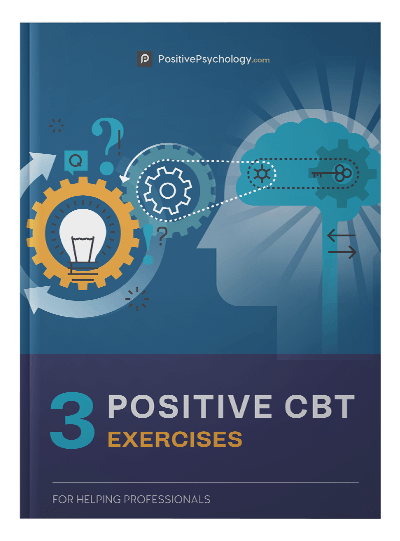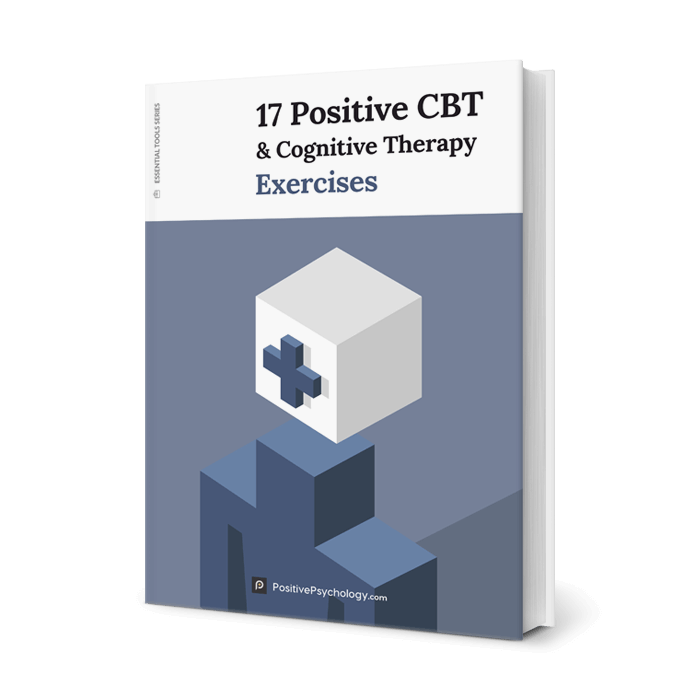Resources From PositivePsychology.com
As we have already seen, we have many resources for therapists working with individuals, couples, and groups to support multiple issues and concerns while promoting overall wellbeing.
More extensive versions of the following tools are available with a subscription to the Positive Psychology Toolkit©, but they are described briefly below.
Building the rituals of connection
Regular, relationship-focused habits can help foster more productive communicative behavior in a relationship and can offer emotional significance.
The four steps include:
- Step one – understanding various ritual types and timings, such as when parting, showing affection, and arranging date nights
- Step two – identifying specific actions for inclusion in each ritual
- Step three – planning how and when they should take place
- Step four – reflecting on the positive emotions that arose from each ritual and recognizing their importance
A strengths versus weakness focus
We often devote more time to our weaknesses than our strengths. The following two steps can be performed in a group setting to improve awareness regarding the importance of strength awareness and focus.
- Step one – Divide the group into three subgroups, as follows.
– Group 1 (weakness focus) spends time reflecting on challenging aspects of their jobs that drain their energy.
– Group 2 (strength focus) discusses the highlights of their job.
– Group 3 (observers) keeps an eye on the other two groups, noting their distinctions and dynamics.
- Step two – After 15 minutes, regroup. The “weakness” and “strength” groups share what they discussed first. Then, the observers point out the contrasts in energy, mood, and behavior between the two.
This exercise supports participants as they introspectively analyze their strengths and weaknesses, all while fostering group communication and collaboration.
If you’re looking for more science-based ways to help others through CBT, check out this collection of 17 validated positive CBT tools for practitioners. Use them to help others overcome unhelpful thoughts and feelings and develop more positive behaviors.
A Take-Home Message
Therapy exercises are powerful tools for therapists and counselors working with individuals, couples, and groups. Such interventions, performed as homework between sessions, are linked to successful treatment outcomes (Mausbach et al., 2010).
The article shares many free therapy exercises and interventions grounded in research that support working with various psychological challenges, including complicated relationships, anxiety, depression, and self-esteem issues.
Such therapeutic exercises have the potential to foster meaningful change in your clients, equipping them with the tools to manage immediate challenges and the skills to solve issues in the future and after therapy. In doing so, they support and encourage individuals to participate actively in their healing and growth.
Besides the free therapy exercises highlighted, we offer various resource packs available on our website that underpin successful client outcomes. As therapists and counselors, you can use these activities and exercises as they are or tailor them to your clients’ specific needs and situations, ensuring you provide the best support for a positive therapeutic outcome.
We hope you enjoyed reading this article. For more information, don’t forget to download our three Positive CBT Exercises for free.
Ed: Updated November 2023

 Therapy offers a powerful tool for clients to overcome past trauma, manage existing challenges, and create fulfilling and flourishing lives, particularly when they feel that their need for autonomy is met (Dwyer et al., 2011).
Therapy offers a powerful tool for clients to overcome past trauma, manage existing challenges, and create fulfilling and flourishing lives, particularly when they feel that their need for autonomy is met (Dwyer et al., 2011).




